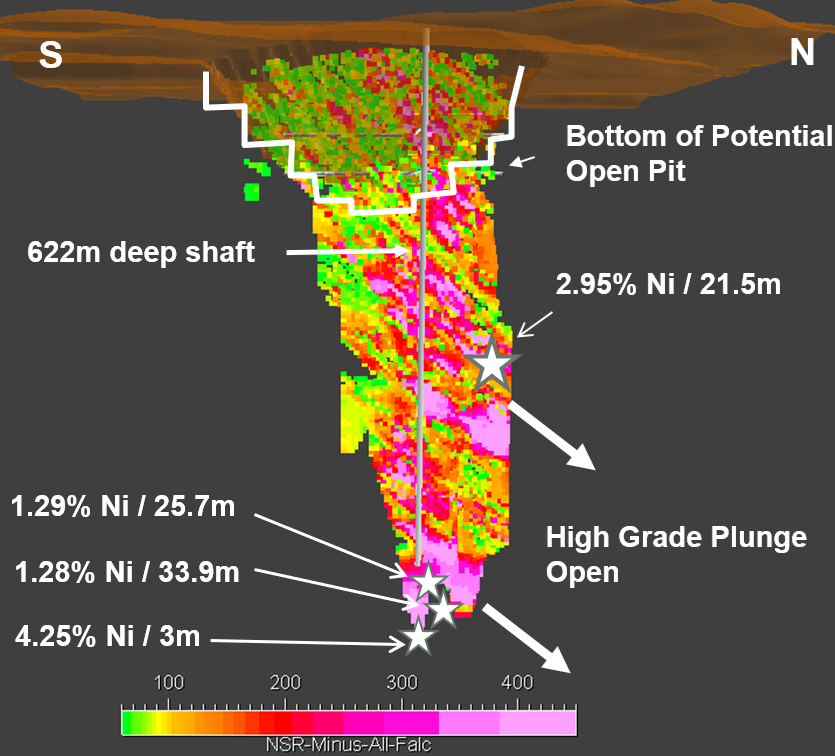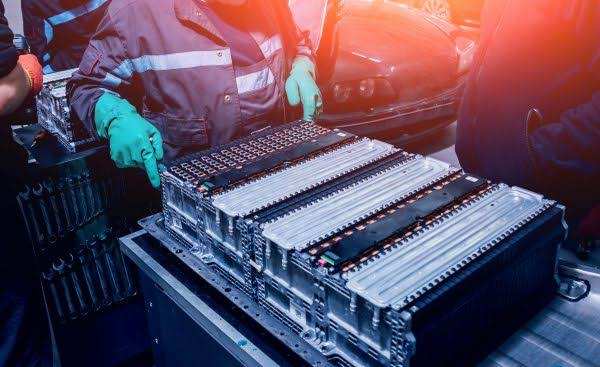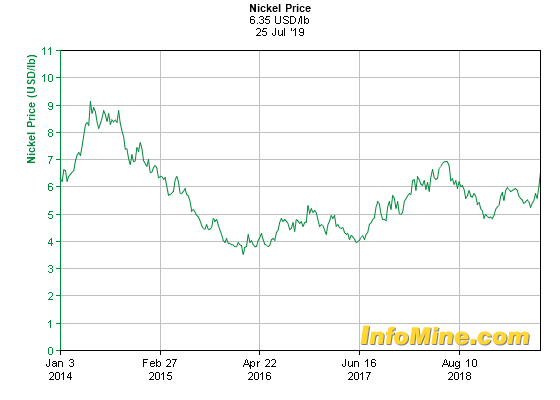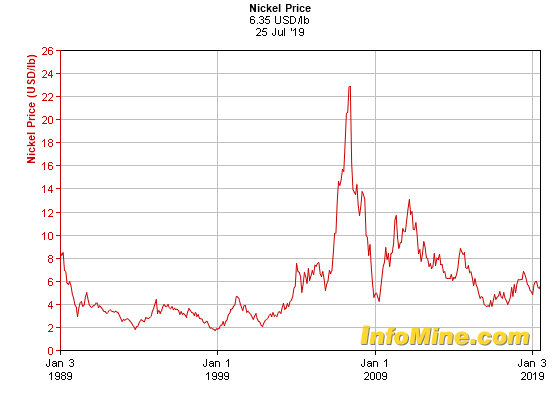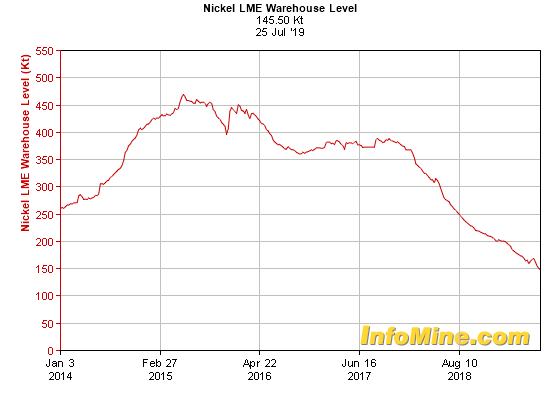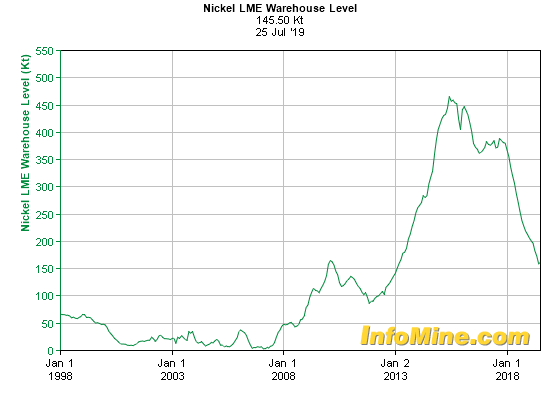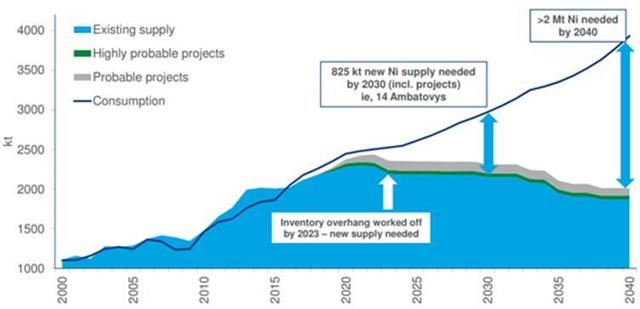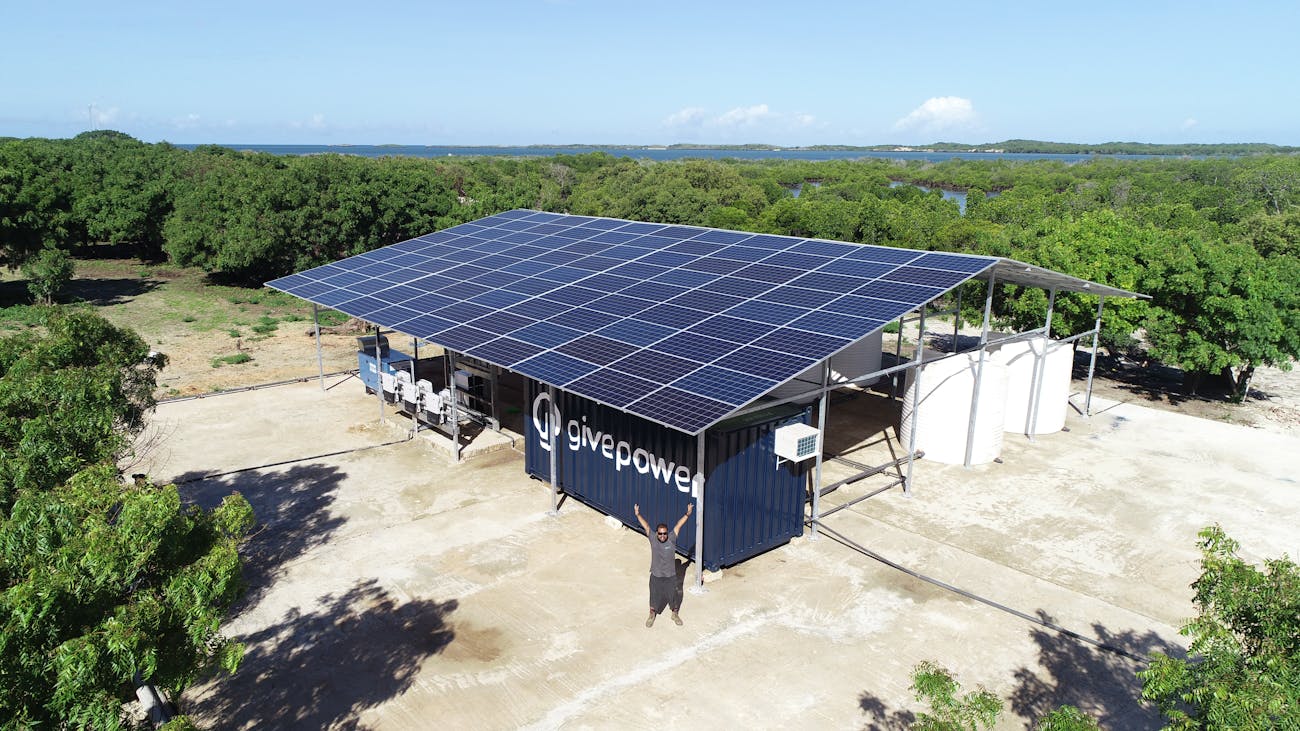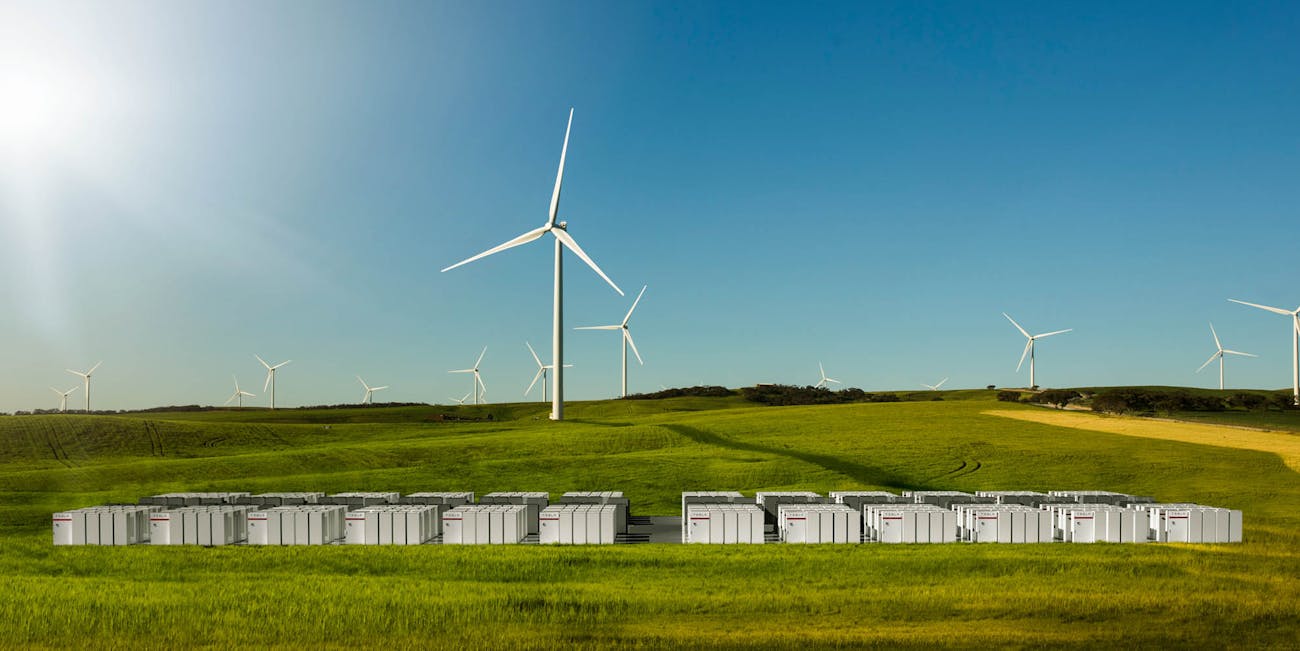SPONSOR: Tartisan Nickel (TN:CSE)
Kenbridge Property has a measured and indicated resource of 7.14
million tonnes at 0.62% nickel, 0.33% copper. Tartisan also has
interests in Peru, including a 20 percent equity stake in Eloro
Resources and 2 percent NSR in their La Victoria property. Click her for more information
The biggest themes in global natural resources today
- Ongoing trend towards the electrification of vehicles will likely benefit lithium and other metals such as copper, nickel and cobalt
- This is a significant change and is being driven by better technology, legislative restrictions on pollution in cities and consumer demand for more environmentally-acceptable transport
Alex Cowie
The global natural resources sector, including mining and energy, as well as agriculture, is about four times bigger than the entire Australian equity market. Sifting through this massive and diverse universe for opportunities is Daniel Sullivan, Co-Head of Global Natural Resources at Janus Henderson Investors.
In our recent Q&A, Daniel explains why he thinks this sector will
undergo more change in the next 20 years than the last century and
talks through the big themes investors should have on their radar,
including the seismic shifts taking place in energy.
Daniel also looks at where the rejuvenated mining sector could go
next and shares some of his thoughts on lithium, coal, gold, LNG, as
well as renewable energy and agricultural commodities.
Read on for this fascinating discussion that goes well beyond the
local resource themes to reveal a truly global perspective on this vast
and rapidly evolving global industry.
Q: Please explain what you do in your role as though someone
at a dinner party asked you. What are some of the most enjoyable
aspects of your work?
When people ask me what I do for a living, I tell them that I invest
in companies around the world in the mining, energy and agriculture
sectors on behalf of investors. To bring natural resources into a more
relatable context, I ask them to look around – at the clothes they are
wearing, the phone in their pockets, the food on their dinner plate and
even the building over their head and to understand that every component
of every item was derived from natural resources.
Natural resources underpin our society – and for me, that makes the
sector a fascinating place to invest. Ours is a sector with an enormous
variety of companies, with constant changes in market dynamics across
the three sub-sectors giving us a lot to work with and to think about.
Q: What is the big opportunity in your investible universe that the market has not fully appreciated?
We believe the long-term demand for metals, energy and agricultural
output will remain strong as the world continues to grow and urbanise;
billions of people’s needs must be catered for.
The next twenty years will see more change than was witnessed over
the past century, with access to vast numbers of young people and
technology available to help solve incredibly complex problems.
The companies in our investment space that align to these changes
are likely to grow at much higher rates than their peers and become more
highly valued over time. This has begun in earnest in the past few
years and appears to be accelerating. Rapid change is being discussed in
the largest resource companies in the world and this will likely
continue to gain momentum.
Q: Agriculture has seen some major developments in genomics, why is this an interesting theme to watch?
The sequencing of the wheat genome will prove to be a major
breakthrough for food production in more challenging agricultural areas,
boosting incomes and development for many people.
The interaction of genetics, climate, fertiliser and crop protection
to deliver better quality produce and improved farmer/supplier economics
is always being played out. Corteva Agriscience, the agricultural
company being spun out from the merger of Dow and DuPont is an
interesting example of a specialist company in this area.
Q: Changing dietary habits of the surging Asian middle class
is often cited as a driver for increased protein production. Is this an
area you see good opportunities, and if so, how can investors play
this?
While China has the world’s largest rates of pork production and
consumption, they are largely self-sufficient, meaning there is limited
opportunity. That said, we have invested in the leading producers of
high quality agricultural products, including milk powder, berries,
apples and salmon, which have seen strong growth resulting from the
Asian middle class thematic.
Looking at the upstream opportunities from this theme, our
investments in seed and fertiliser companies benefitted from the boom in
soybean production in Brazil and the US. Over the past 10 years, China
has been a major soybean importer.
Q: On a sector basis, mining saw the strongest dividend
growth of all last calendar year, with the local big miners BHP and RIO
certainly reminding us that miners can actually generate a yield too.
Has this return to form of resource stocks as income stocks been a big
factor in your investment strategy, and what are you expecting over the
medium term in this regard?
The mining sector is currently in a very favourable position, having
come through the five-year downturn with reduced capital and operating
costs and much lower debt. As a result, in the upturn of the past three
years, cash flows have been very significant. Coupled with the sale of
non-core assets, cash returns to shareholders have been high. Many of
these businesses are in great shape operationally and financially. We
expect that they will remain disciplined with capital allocation and
continue to drive high returns back to shareholders. This is likely to
result in a re-rating from investors.
Q: I understand you have some exposure to the lithium
majors. How big an opportunity do you think the battery minerals
thematic will be in reality over the next 3-5 years, and where in the
supply chain will the best opportunities be?
The ongoing trend towards the electrification of vehicles will likely
benefit lithium and other metals such as copper, nickel and cobalt.
This is a significant change and is being driven by better technology,
legislative restrictions on pollution in cities and consumer demand for
more environmentally-acceptable transport. However, we do expect
progress to be a little stop-start and significant demand changes may
not occur until post-2025.
Q: How does the M&A current in play among the global
gold majors mean for the rest of the sector, and what does it tell us
about the current state of the industry?
The major gold producers have generally been poor performers and have
failed to deliver the significant cash returns seen in the major
diversified companies. The recent spate of mergers has been
disappointing as they have generally been conducted at low or no
premium. Despite being on the right side of the Barrick-Randgold,
Newmont-Goldcorp and Barrick-Newmont merger proposals, these have not
generated significant performance for our strategy. Where we have
historically seen better opportunities has been in explorer-developers,
with significant value generation through resource discovery and the
successful progression through to development.
Q: Given the recent reversal in Fed policy, it is easy to
take a positive view on the gold price from here; do you have a view on
gold, and does it influence your strategy?
As a team we tend not to have a strong view on commodity prices – and
this includes gold – but we do acknowledge there is a monetary and
safety aspect to gold that could see significant price appreciation in
crises or monetary realignment. Having said that, there has been no
significant value generated from these themes and we are much more
interested in real companies operating on the ground to find and develop
quality gold mines.
Q: Given the chronic underinvestment in exploration and
development assets by the majors since the GFC, how big an opportunity
is there in investing in quality juniors, and in which sector are you
seeing the best opportunities in this regard?
Part of the problem with a significant downturn is the withdrawal of
capital from many junior companies. Many of the promising projects of
the past five years were shut down and are only now re-emerging with
some small capital raisings recommencing this year. Exploration and
development are long term cycles, often seven years or more, so the
world has lost a cycle of projects in this downturn. We do need to be
mindful of liquidity and this means being cautious in taking on juniors.
Q: What was your take on the recent banning of Australian
coal imports at some Chinese ports, and how big a potential risk do you
think it is for the majors; i.e.: should we expect more of this?
China is very complex and the interplay between policy, demand,
pricing and preferences can be hard to understand. Of their total demand
for coal, imported coal is a small component. They have also pivoted
very strongly to liquefied natural gas (LNG) imports over the last two
years. Across 2018, the markets worked through the tariff disputes,
continued economic maturation and more recently, the Lunar New year
periods, each of which reduces activity and demand growth.
Q: What is the most interesting theme in energy (including sustainable energy) right now? Please explain why it matters.
For the world’s largest energy companies, gas has become the
transitional fuel. This has been seen with major LNG projects built and
planned by all the large companies. There has also been a pivot to
electricity and trading, and we saw a general sell down away from oil
sands.
The true pivot to renewables will be difficult for companies of this
size, but they are increasing investment into wind and solar projects.
More interesting are the smaller companies that are still discovering
and developing high quality, low cost and growth projects.
We have a favourable view of the long term growth of renewable
energy and the storage of electricity, but these opportunities are not
as common in listed markets.
Q: While Australia only makes up a small part of your
investable universe, what do you see as the globally significant themes
within the Australian resources sector?
It’s true that our global natural resources investable universe is
many times the size of the Australian resources sector, in fact, the
market cap of the global resources sector is about four times the market
cap of the entire Australian equity market. That said, Australia has a
very strong mining heritage and has also grown its energy industry in
recent years to become the world’s second largest LNG exporter after
Qatar. With a good entrepreneurial culture in Perth, Australia continues
to contribute to mineral exploration and development of global
significance. With the recent lithium demand growth and price boom,
Western Australia has delivered six new mining developments.
Q: What was the last thing you read that really blew you away, and why?
To get a sense of the potential changes that might be just around the corner you should watch Tony Seba, presenting on “Clean Disruption of Energy and Transportationâ€.
A similar thought-provoking article is “This is how big oil will dieâ€
Source: https://www.livewiremarkets.com/wires/the-biggest-themes-in-global-natural-resources-today





